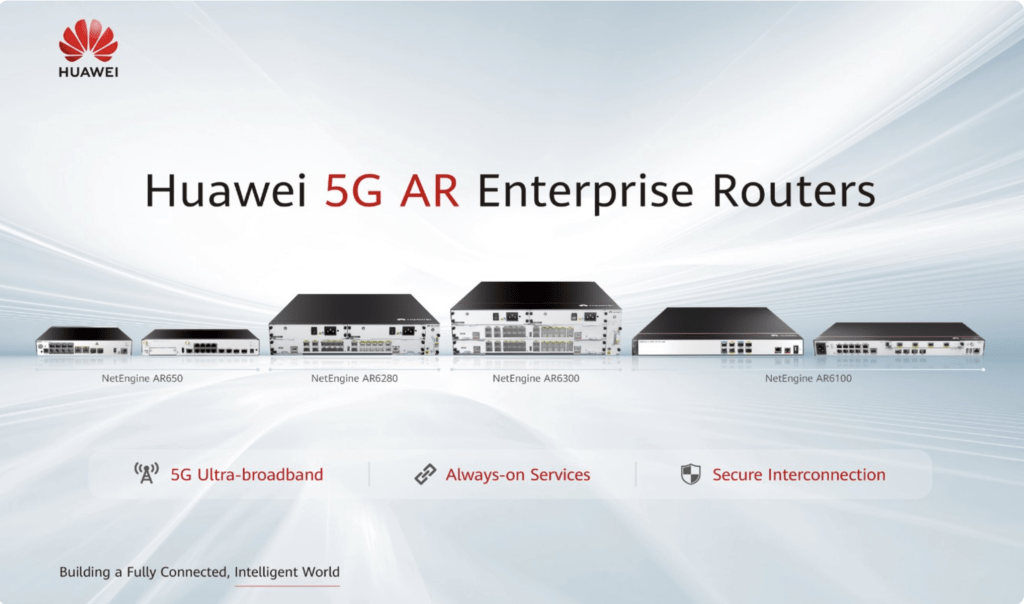In computer networks, switches and routers are two devices that are often used to connect devices and process data traffic. Even though they look the same, they have different roles and unique functions in the network.
Well, understanding the difference between a router and a switch is very important, especially if you want to optimize your network. In this article, Virtus will discuss in detail the differences between routers and switches, so you can choose the right solution to optimize your network.
What is a Switch?

A switch is a piece of hardware used in computer networks to connect network devices such as computers, printers and other devices. Switches work at the datalink layer and can send data to the right destination in the network based on the MAC (Media Access Control) address of the connected device.
Compared to hubs (which are older devices), switches have the advantage of transmitting data faster because they can create a direct path between the source and destination of data, thereby avoiding congestion and providing better performance in the network.
In addition, switches also enable better network segmentation and higher security because only the destination device receives the transmitted data, not all devices on the network.
What is the Function of the Switch?
Switches have several main functions in computer networks, including:
Package Redirection
The switch functions as a packet switching device that directs data to the correct destination device in the network based on MAC (Media Access Control) addresses.
Network Segmentation
Enables network segmentation, namely the division of the network into several separate segments. This helps reduce network traffic and improves performance and security.
Bandwidth Provision
Allows for more efficient bandwidth allocation because data is only sent to the intended device, unlike a hub which broadcasts data to all devices on the network.
Security
Can improve network security by implementing features such as MAC address-based access control, Virtual LANs (VLANs), and intrusion detection.
Improve Performance
Compared to hubs, switches have better performance because they create direct paths between data sources and destinations and avoid congestion.
Network Monitoring and Management
Equipped with network monitoring and management features that allow network administrators to view traffic, diagnose problems, and manage network settings.
So, after understanding the meaning, function and role of switches in the network, now let’s discuss the meaning and function of routers.
What is Routers?

Routers is a network hardware device that plays a role in directing data traffic between various computer networks. By using the routing table stored in it, the router decides the best path for data packets to take when sending between different networks.
This means that a router acts as a link between a LAN and a WAN network, such as the internet, allowing devices on the LAN network to communicate with devices on other networks around the world.
In addition, routers also function as gateways that control and regulate the flow of data into and out of the network, providing security protection by implementing various security policies such as firewalls.
Difference between Switches and Routers
There are several differences between switches and routers in the context of computer networks:
Main Function
The switch functions as a packet switching device in a local network (LAN), which directs data traffic between devices connected in the local network based on MAC (Media Access Control) addresses.
Meanwhile, a router functions as a packet switching device between two or more different networks, such as connecting a local network (LAN) with a wide area network (WAN), such as the internet.
OSI level
Switches work at the datalink layer (2-layer) in the OSI (Open Systems Interconnection) model.
Meanwhile, routers work at the network layer (3-layer). This means that routers can make decisions based on IP addresses, whereas switches only operate based on MAC addresses.
Package Processing
Routers can interpret and make decisions based on the information in the packet’s IP header.
While the switch only focuses on the MAC address in the packet datalink header. This allows routers to direct data traffic between different networks, while switches only direct traffic within the local network.
Address Management
Routers use routing tables to figure out the best way to send packets between different networks.
While the switch uses a MAC address table to know where each device is on the local network.
Additional Features
Routers are often equipped with various additional features such as firewalls, NAT (Network Address Translation), DHCP (Dynamic Host Configuration Protocol), and VPN (Virtual Private Network), while switches usually focus more on packet data switching functions.
Thus, although both are important networking devices, switches and routers differ in their primary functions, OSI level, packet processing, address management, and additional features they provide. These differences determine the role of each device in the computer network infrastructure.
Tips for Choosing a Router or Switch According to Business Needs
Routers
- Consider capacity and performance to handle data volumes stably
- Ensure security features such as firewalls, VPN, attack detection, and access control
- Choose one that can be expanded according to business growth
- Note the intuitive management interface
- Ensure compatibility with existing network infrastructure
Switches
- Consider enough ports and expansion options
- Choose speed and bandwidth according to business needs
- Ensure security features such as VLANs, access control, and attack detection
- Pay attention to efficient and intuitive management capabilities
- Consider availability and redundancy to avoid downtime
Once you consider these factors and understand your business needs well, you can choose the appropriate routers and switches to build a reliable and efficient network infrastructure for your business, for example solutions from Huawei which present the best-in-class switch and router solutions.
Huawei Presents Best-in-Class Switch and Router Solutions
Huawei is a global technology company leading in providing network and communications solutions. One of its superior products is the switch and router series, which provides sophisticated and leading solutions to support the needs of modern corporate networks.
So, what are the products? The following are two Switch and Router products from Huawei:
1. Huawei CloudEngine S Series Switches

Huawei CloudEngine S series switches are the latest generation switch solution equipped with advanced programmable chips. The latest chip has superior performance compared to the previous generation, with significant improvements in data exchange performance, data analysis and processing, and application identification guarantees.
Based on Huawei’s Versatile Routing Platform (VRP), CloudEngine S series switches provide a variety of advanced features, including wired and wireless convergence (integrated WLAN AC), free mobility, horizontal virtualization, vertical virtualization (Super Virtual Fabric, or SVF), network virtualization (VXLAN ), implementation automation (NETCONF/YANG), Telemetry management and monitoring, and advanced security protection (NetStream and Encrypted Communications Analytics, or ECA).
With a fully programmable architecture, CloudEngine S series switches accelerate the provision of new services and features through programming without the need for hardware upgrades, thereby protecting customer investments.
An example of a concrete product from Huawei is the Huawei CloudEngine S12700E, which integrates a programmable chip-based WLAN AC function to manage up to 10,000 WLAN APs and allows concurrent access from 50,000 wireless users.
Compared with traditional separate management of wired and wireless networks, CloudEngine S12700E achieves true wired and wireless convergence, including centralized service forwarding, unified device management, and consolidated policy control.
This convergence saves a significant amount of network construction and operational costs compared to discrete AC WLANs or AC WLAN cards (used with modular switches). Customers only need to deploy one switch to manage devices, users, and policies in an integrated manner.
2. Huawei 5G AR Routers

As 5G services develop and SD-WAN is implemented, high-performance routers are needed to upgrade the WAN. Huawei offers this solution through 5G AR Routers.
The router uses an innovative multi-core CPU + Network Processor (NP) heterogeneous forwarding architecture, marking a revolutionary forwarding technology for enterprise routers. Huawei 5G AR Routers have many standout hardware and software innovations.
In terms of hardware, Huawei 5G AR Routers use NP to quickly offload 2-layer to 4-layer traffic, efficiently relaying basic services. The router also integrates five hardware acceleration engines: Internet Protocol Security (IPsec), Hierarchical Quality of Service (HQoS), security, Service Awareness (SA), and application optimization, further improving performance.
In terms of software, Huawei 5G AR Routers incorporate ultra-fast internal algorithms, maximizing multi-core performance.
By combining these hardware and software innovations, Huawei 5G AR Routers offer three times the forwarding performance of comparable products from competitors, as tested and certified by Tolly.
Confused About Choosing a Switch or Router? Discussion with the Virtus Now!
It’s time to create a fast and efficient network system using a sophisticated switch or router solution through Huawei solutions from Virtus Technology Indonesia (VTI). Virtus, as Huawei’s advanced authorized partner, will help you from the consultation stage, deployment, to after sales support to avoid trial and error. For more information about Huawei CloudEngine S12700E or Huawei 5G AR Routers, contact us by clicking the following link.
Author: Ary Adianto
CTI Group Content Writers



























